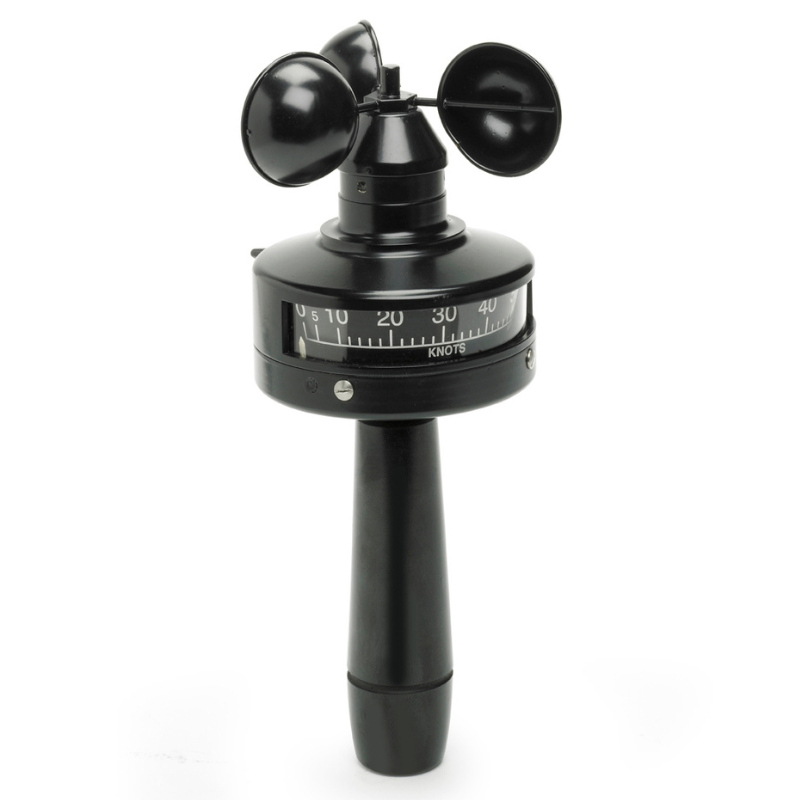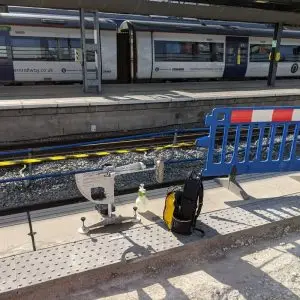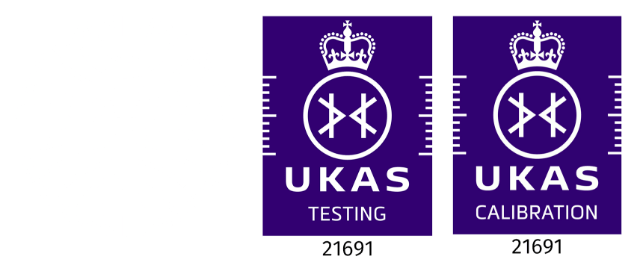Prevention of slip and fall accidents is crucial to any reputable business’s operations and bottom line. It is a myth that increasing slip safety is an expensive and onerous task. You can significantly reduce the rate of slip and fall accidents in your business by avoiding the following causes of slippery floors.
Wet Floors
Whilst it isn’t the case that almost all wet floors are slippery, it is the case that almost all slips occur on wet floors.
A wet floor will pose a slip hazard when the floor surface has either not been designed to provide safe grip levels in the wet, or the anti-slip performance has degraded over time. Almost every slip accident we have investigated has arisen out of the combination of a floor surface which performs poorly in the wet, and a gap in the risk management that permitted the floor to become wet in end use. A floor can become sufficiently wet to present a slip hazard through numerous routes, however water tracked in from external surfaces, direct rainfall, showers/pools, spilled drinks, cleaning and work processes are among the most common.
If you are responsible for a surface which gets wet in end use, without knowing that the surface provides safe grip levels in the wet, you’re simply waiting for the unfortunate and expensive slip accident to occur. Assessing the slip resistance of the floor can determine whether the surface is safe or slippery when wet, and direct further controls such as measures to reduce contamination. An independent slip risk assessment can provide this and will be considerably cheaper and less time consuming than dealing with even one slip accident claim.
Dirty Floors
For clarity, when talking about dirty floors with regard to slip resistance, it is the dry ingrained dirt that is of interest as opposed to the transient surface contamination of, for instance, a spilt coffee.
Floor surfaces are never completely smooth, all offer, to varying degrees, a surface profile which can collect dirt over time. Surfaces which are designed to offer good wet slip resistance will tend to offer a deeper profile and accumulate dirt faster. The rough surface which previously gave good slip resistance will become smoothed as the dirt builds up, reducing slip resistance. This can result in wet floors being ignored as a hazard, simply because the floor is thought to offer safe wet grip levels. Slips are sure to occur in such a situation.
The problem of a dirty floor is overcome, of course, with an effective cleaning. It might surprise you to learn however that ineffective cleaning remains a significant contributory cause of slips. This is because the typical daily clean is only effective at removing the top layer of dirt. A periodic effective deep clean will ensure all dirt is lifted and the floor profile is returned to its original slip resistant state, but care must be taken to ensure the next deep clean is scheduled before slip resistance has dropped to unsafe levels. A better solution would be improvement of the existing daily regime, to ensure the surface is maintained in a safe, hygienic and aesthetically appealing condition in the long term.
Failing to allocate sufficient resources to cleaning staff, equipment and chemicals may generate a small immediate financial gain, but often leads to a significant loss if/when a slip accident occurs. Periodic monitoring of the slip resistance of the surface is of the utmost importance if water contamination can be expected in end use. With a clean safe surface and an annual independent expert slip test certificate supporting it, you will be well placed to effectively defend any slip accident claims, even if they occur in the wet.
Incorrectly Specified Floors
Flooring specification will always involve influences from different parties, usually client, main contractor, flooring contractor and architect. Perhaps as a result of this around half of the floors we assess that do present a slip hazard have been incorrectly specified and should never have been installed.
An incorrectly specified floor is, in the sense of slip resistance, one which is laid in an area where water contamination cannot or will not be reliably controlled in end use, and yet fails to provide safe grip levels in the wet. Typically, this will be in order to provide a surface which is more aesthetically pleasing, easier to clean, or simply cheaper, however, even the most well-intentioned specifier sometimes falls prey to the convoluted web of slip test standards and ratings.
Whilst a high gloss natural stone floor may be perfect in a museum where contamination can easily be controlled, the same floor immediately adjacent to the busy external entrance to a shopping centre is questionable at the very least. If the risk assessment for such a situation suggests that the floor poses a slip hazard when wet and places unreliable or impractical controls in place to ensure a dry surface, responsible parties can expect to found liable for a slip occurring in the wet. Entrance matting and spot cleaning/drying is all well and good, but the water dripping from clothes/bags/umbrellas etc is impossible to reliably control, and if spot drying is necessary it is likely that someone with a wet shoe sole has already encountered a slip hazard. In this situation a rougher, better performing, anti-slip surface should have been specified and installed for the affected area.
Avoiding installation of the ‘wrong’ floor, in terms of slip resistance at least, is simple when the right information is available. Consideration must be given to the end use condition and whether the surface can be kept dry reliably. When end use conditions are known, ensure that the potential product achieves a BS 7976 Pendulum Test Value (PTV) of 36 or greater in those conditions. We regularly provide both architects and flooring suppliers with independent testing, quickly and inexpensively, to produce PTV ratings.
Rectifying the problem of a ‘wrong’ floor in situ rarely requires outright replacement. A wide range of effective anti-slip products are available and we will be happy to impartially recommend reputable companies offering products that we ourselves have tested. With any anti-slip treatment it is essential to ensure the finished treated surface meets the required standard (we can and do frequently help with this) and that the proper cleaning methods are in place to prolong the performance of the new floor finish.
What You Can Do To Prevent A Slip Accident
If you consider the above in relation to your own business, there is a chance there are surfaces that you are responsible for, personally and/or professionally, that are slip accidents waiting to happen. It is far better for all involved that slip risks are tackled prior to an accident occurring. We provide lawyers with expert reports on slip and fall cases regularly and in almost all instances an effective risk assessment would have highlighted the risk and may have averted a slip-related injury. Taking action before the slip saves not only legal fees, insurance costs, time, paperwork and emails, but can prevent significant injury. A bruised bum may be slapstick comedy to some, but a broken hip and the end of independent mobility is an unnecessary tragedy. Fraudulent slip claims, so often settled unnecessarily out of hand, can also be effectively defended if you act now. Contact us today for expert impartial advice and stop slips.






